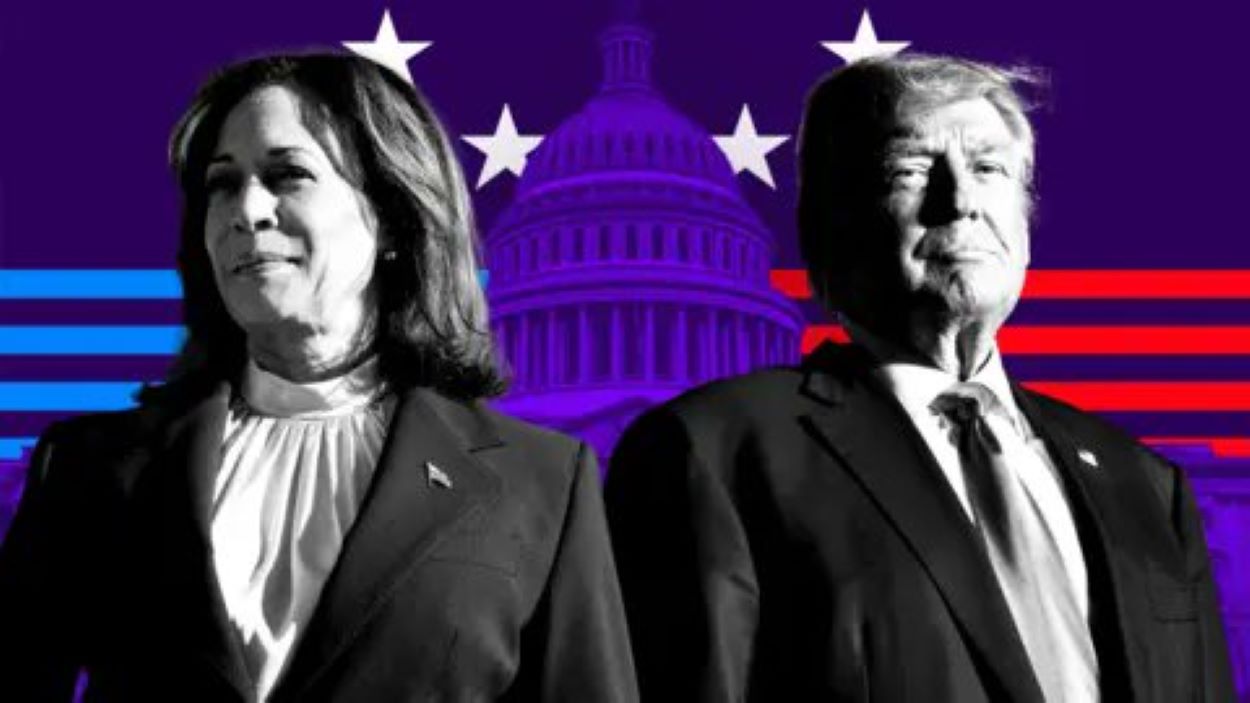The U.S. Electoral College, which has 538 members, determines the president, not the national popular vote. Each state’s number of electors corresponds to its congressional representation.
While unlikely, a 269-269 Electoral College deadlock is a potential outcome, leaving many Americans anxious as the November 5 election approaches.
If neither Harris nor Trump secures the 270 electors needed for a majority, the U.S. Constitution mandates that Congress decide the outcome.
In this event, the newly elected House of Representatives selects the president, while the Senate chooses the vice president in January.
Various scenarios could lead to a tie. For instance, Harris might win Wisconsin, Michigan, and Pennsylvania, while Trump could take Georgia, Arizona, Nevada, North Carolina, and a Democrat-leaning district in Nebraska.
Read: The Seven Swing States Deciding the 2024 U.S. Presidential Election
A tie would trigger a contingent election in Congress, a rare event not seen since the 1800 election between Thomas Jefferson and John Adams. After intense deliberation, Jefferson was chosen on the 36th ballot by a deeply divided House. This led to the 12th Amendment, refining election procedures four years later.
Should a contingent election be necessary on January 6, 2025, each state would cast one vote regardless of population size, giving each state from sparsely populated Wyoming to populous California equal weight. Washington, D.C., despite having Electoral College votes, would not participate as it is not a state.
States with multiple representatives must decide their presidential votes internally. A majority of 26 state votes is required to win. Currently, this system might favour Republicans.
The House would need to establish specific rules for this process, which could potentially spark significant disputes and a prolonged constitutional crisis.
Such a scenario could intensify the distress of American voters, already weary from a contentious campaign marked by claims of voting irregularities.






